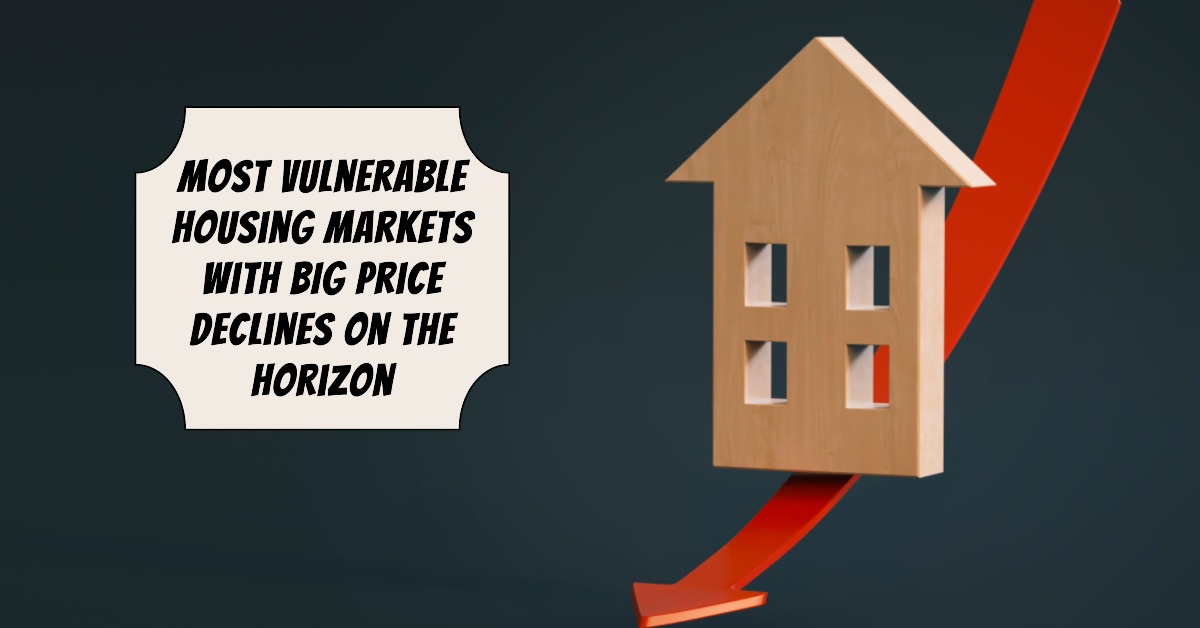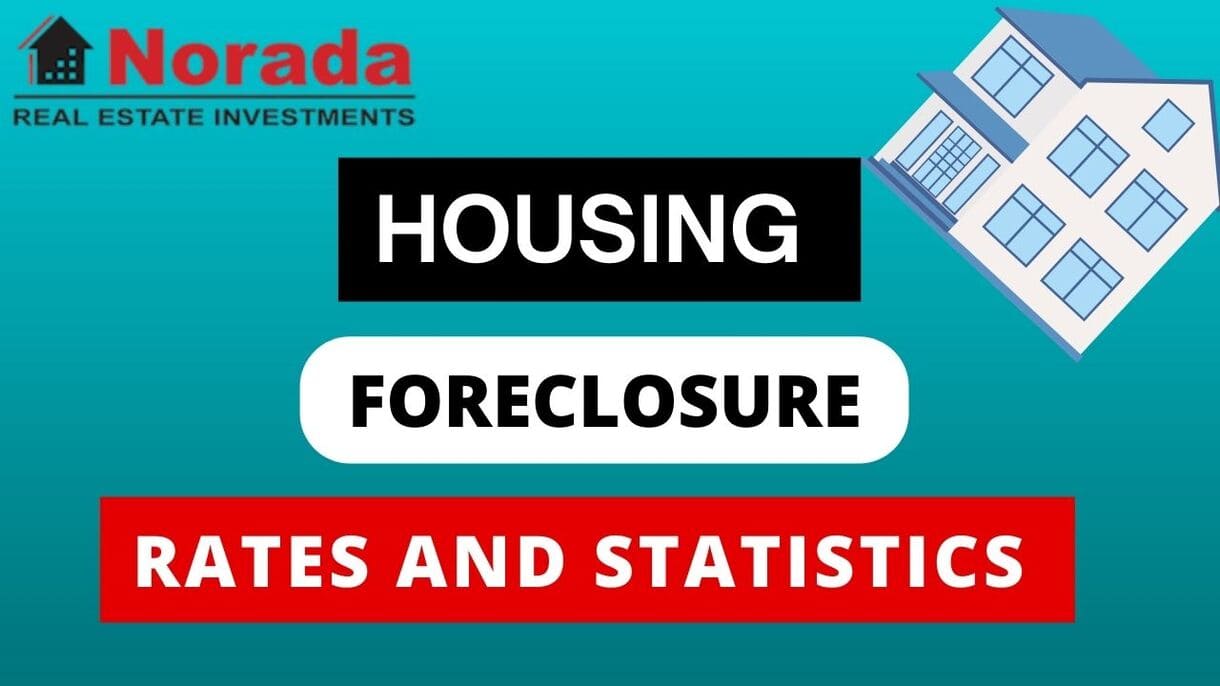For many of us, owning a home isn't just about having a roof over our heads; it's a significant investment and a cornerstone of our financial future. That's why the question on everyone's mind, especially in today's shifting economic climate, is: Where are housing prices most vulnerable to significant drops?
Based on recent data and expert analysis, several housing markets are showing signs of potential double-digit price declines in the coming year, presenting both challenges and opportunities for buyers, sellers, and investors alike. Zillow's latest forecasts, looking out through July 2025, paint a picture of a national housing market that's expected to see a subtle overall dip in values by the end of 2025, around 2% lower than where it started.
While this might sound modest, it's important to dig deeper because national averages can mask stark regional differences. My experience tells me that the real story lies in the specific areas that are poised for more dramatic shifts, and this is where we need to focus our attention.
The broader trend Zillow points to is a continued inventory recovery, meaning more homes are coming onto the market. This increased supply, relative to demand, is a key ingredient for moderating price growth and, in some cases, price reductions. We've been in a prolonged period of historically low inventory since the pandemic, which fueled rapid price appreciation.
Now, as more homes are listed and sales activity, while expected to rise slightly over 2024 levels to reach about 4.16 million by the end of 2025, still hasn't fully recovered, this shift in supply dynamics is becoming more pronounced.
What's particularly interesting, and what I believe is a critical insight often missed by surface-level analysis, is how this rebalancing affects not just the for-sale market but rentals too. Slower rent growth for both single-family and multi-family units mirrors the cooling of the buying market.
As potential buyers find themselves with more options and less pressure to compete fiercely, they gain negotiating power, which in turn loosens the grip on rental rates. This cascading effect is a sign of a market finding a new equilibrium, but for some areas, that equilibrium might involve a steeper adjustment.
So, the big question remains: which markets are most susceptible to those double-digit declines? While Zillow's overall forecast is for a modest national dip, its detailed data highlights specific metropolitan areas (MSAs) where projections point to much more significant drops. Let's dive into these particularly vulnerable markets.
13 Highly Vulnerable Housing Markets in 2025: Will They Crash?
When we look at the provided data, a clear pattern emerges of certain regions experiencing a more pronounced projected downturn. These are the markets where the intricate balance of supply, demand, economic stability, and local factors is creating a more volatile environment. It’s not just about national trends; it’s about the specific economic engines and demographic forces at play in these individual areas.
Here's a breakdown of markets where projections indicate potential price drops of 10% or more by mid 2026:
| Region Name | Region Type | State Name | Base Date | Projected Price Change (Jul 2025) | Projected Price Change (Sep 2025) | Projected Price Change (Jun 2026) |
|---|---|---|---|---|---|---|
| Greenville, MS | msa | MS | 30-06-2025 | -3.2% | -6.9% | -16.7% |
| Clarksdale, MS | msa | MS | 30-06-2025 | -4.3% | -8.5% | -14.8% |
| Pecos, TX | msa | TX | 30-06-2025 | -0.7% | -3.2% | -13.7% |
| Cleveland, MS | msa | MS | 30-06-2025 | -2.6% | -5.6% | -13.6% |
| Bennettsville, SC | msa | SC | 30-06-2025 | -1.6% | -4.9% | -11.9% |
| Opelousas, LA | msa | LA | 30-06-2025 | -1.6% | -4.6% | -11.5% |
| Raymondville, TX | msa | TX | 30-06-2025 | -1.5% | -4.2% | -11.5% |
| Hobbs, NM | msa | NM | 30-06-2025 | -0.9% | -3.0% | -11.4% |
| Morgan City, LA | msa | LA | 30-06-2025 | -3.0% | -6.5% | -11.3% |
| Indianola, MS | msa | MS | 30-06-2025 | -2.7% | -5.8% | -10.8% |
| Big Spring, TX | msa | TX | 30-06-2025 | -0.6% | -2.5% | -10.7% |
| Natchez, MS | msa | LA | 30-06-2025 | -2.2% | -5.3% | -10.2% |
| Helena, AR | msa | AR | 30-06-2025 | -0.5% | -2.1% | -10.2% |
Note: Projected price changes are estimates and can fluctuate based on evolving economic conditions.
Deep Dive into the Data: What Lies Beneath the Projections?
Looking at this list, a few states and regions immediately stand out: Mississippi, Texas, Louisiana, South Carolina, New Mexico, and Arkansas. These areas are collectively showing the most significant predicted downturns. What could be driving this? It’s rarely just one factor.
From my perspective, a common thread among many of these regions is their reliance on specific industries, often tied to commodity prices or cyclical economic patterns. For example, some areas in Texas and New Mexico have economies that are significantly influenced by the oil and gas sector. When oil prices are volatile or demand shifts, these economies can feel the ripple effect quite strongly, impacting job markets and, consequently, housing demand and affordability.
Let's consider Mississippi. The markets listed there – Greenville, Clarksdale, Cleveland, Indianola, Natchez – are heavily influenced by factors like agricultural cycles and manufacturing shifts. Older industrial areas can struggle as companies downsize or relocate, leading to reduced local employment. When a significant employer leaves or scales back, the local housing market can quickly become unbalanced. Supply then outstrips demand, and prices begin to fall. This isn’t a new phenomenon, but in a more sensitive national economic climate, these effects are amplified.
Similarly, parts of Louisiana, like Opelousas and Morgan City, have economies tied to resource extraction and logistics. Fluctuations in global energy markets or changes in shipping patterns can have a disproportionate impact on these communities. When these key industries face headwinds, the local job market can shrink, directly translating into less demand for housing.
What's particularly insightful here is looking at the timeline of the projected declines. The data shows a progression, with larger drops predicted later in the forecast period (June 2026). This suggests that any existing market weakness is expected to compound over time, rather than being an immediate shock. This gradual, yet significant, decline for some areas points to more structural issues rather than short-term blips.
It’s also worth noting that these are metropolitan statistical areas (MSAs). This means they represent a core city and its surrounding economically integrated communities. A decline projected for an MSA suggests that the economic pressures are not isolated to the urban core but are affecting the broader region.
The Underlying Economic Forces at Play
Understanding why these markets are vulnerable requires looking beyond the raw numbers and into the economic realities on the ground.
- Industry Concentration and Diversification: As I mentioned, markets that are heavily reliant on a single industry—especially one that's cyclical or facing global pressures—are inherently more vulnerable. A lack of economic diversification means that when that dominant industry falters, there are few other sectors to absorb the impact. This leads to job losses, reduced disposable income, and consequently, a weaker housing market. My observations often highlight that communities with a wider range of employment opportunities tend to be more resilient.
- Job Growth and Loss Trends: The correlation between job growth and housing demand is undeniable. If an area is experiencing net job losses or stagnant employment growth, it's a red flag for the housing market. Fewer jobs mean fewer people looking to buy homes, leading to an excess of supply and downward pressure on prices. Conversely, areas with robust job growth tend to see sustained demand, even in a cooling national market.
- Affordability and Demand Elasticity: While some of these might be more affordable markets compared to coastal or major metropolitan hubs, the source of demand matters. If demand is primarily driven by local employment and migration, a downturn in those drivers can be devastating. In areas with less robust economies, even a slight economic hiccup can disproportionately affect home values. The elasticity of demand – how much demand changes in response to price changes – is also key. In areas with weaker economic foundations, demand is likely more elastic, meaning price drops can trigger more significant sell-offs.
- Inventory Levels: While national inventory is recovering, it's important to remember that some of these specific MSAs might have had lower inventory before the current trends began, or a rapid inflow of new listings might be overwhelming absorption rates. When more homes are listed than can be sold at prevailing prices, sellers will eventually have to reduce their asking prices to attract buyers.
- Population Trends: Are people moving to or away from these areas? Net out-migration can significantly dampen housing demand. If younger populations or skilled workers are leaving for better opportunities elsewhere, the local housing market will feel the pinch.
Beyond the Projections: What Does This Mean for You?
For homeowners in these vulnerable markets, the projections suggest a need for realistic expectations. If you're planning to sell, understanding these trends is crucial for pricing your home competitively. Overpricing your home in a declining market is a recipe for it sitting on the market for extended periods, eventually requiring price reductions that may be less favorable than an upfront, realistic asking price. It’s about knowing your local market’s current momentum.
For potential buyers, these markets could present opportunities. If you’re looking to buy and have stable employment, a market with projected price declines means you might be able to negotiate a better deal. However, it’s vital to conduct thorough due diligence. Ensure the local economy has some underlying stability or potential for recovery, and don't just buy solely based on a perceived short-term price dip. Understanding the long-term prospects of the area is paramount.
For investors, these areas could signal a chance to acquire properties at a discount. However, it’s essential to approach with caution, performing deep dives into market fundamentals, rental demand, and the economic drivers of the MSA. Investing in a market with projected declines requires a long-term strategy and a strong understanding of potential risks.
The National Picture: A Gentle Rebalancing
While we’ve focused on the most vulnerable, it’s important to reiterate Zillow’s broader national forecast. The expected 2% dip in home values by the end of 2025 isn’t a crash. It’s a moderation following years of unprecedented growth.
- Inventory is key: The increase in new listings is a healthy sign for the market. It means we’re moving away from the frenzied bidding wars of the past. As inventory approaches pre-pandemic levels, buyers regain some control, and the market can operate more normally.
- Sales are picking up slightly: An increase in existing home sales, even a modest one, indicates that demand is still present. People are still buying homes, but they are doing so with perhaps more caution and more options than before.
- Rent growth is softening: This is a direct consequence of increased housing supply and reduced demand pressure. It signifies a market rebalancing, offering relief to renters.
My own experience as someone who has watched these economic cycles closely suggests that while a national cooling is happening, the intensity of that cooling varies greatly. The markets highlighted in the data are simply experiencing the other side of the coin from the areas that saw extreme appreciation. They might be markets that didn't experience the pandemic boom in the same way, or they might have underlying economic structures that are more sensitive to broader economic shifts.
Factors to Watch Moving Forward
As we navigate this evolving housing market, several factors warrant continued attention:
- Interest Rate Stability: While interest rates have stabilized somewhat, any significant shifts could impact affordability and buyer demand, potentially exacerbating declines in vulnerable markets.
- Economic Growth: The overall health of the U.S. economy will continue to be a major driver. Strong economic growth supports job markets and housing demand.
- Local Economic Development: Initiatives aimed at diversifying local economies or attracting new industries in these vulnerable areas could potentially mitigate some of the projected declines.
- Demographic Shifts: Long-term population trends and migration patterns will play a significant role in the housing health of specific regions.
In conclusion, while the national housing market is expected to see a gentle adjustment, it’s the specific vulnerable housing markets where prices are predicted to decline in double-digits that require the most careful observation. These areas, often characterized by industry concentration and potential employment shifts, are undergoing a more challenging period.
Invest in Real Estate in the Booming Markets of the U.S.
Discover high-quality, ready-to-rent properties designed to deliver consistent returns.
Contact us today to expand your real estate portfolio with confidence.
Contact our investment counselors (No Obligation):
(800) 611-3060
Recommended Read:
- 10 Housing Markets Predicted to Boom Amid Economic Uncertainty in 2025
- Top 10 Housing Markets Seeing Incredible Double-Digit Growth in 2025
- Top 10 Housing Markets Attracting Foreign Homebuyers in 2025
- 20 Worst Housing Markets Facing Biggest Price Crash or Correction by 2026
- Top 15 Real Estate Markets to Buy Investment Properties in 2025
- 20 Best Places to Buy a House in the US
- Best Places to Invest in Single-Family Rental Properties
- 5 Best Places to Buy and Sell a House in Spring 2025
- 10 Best States to Buy a House in 2025
- Top 10 Least Expensive Places to Buy a House in 2025
- Top 10 Housing Markets Where Gen Zs Are Buying Homes
- Top 20 Hottest Housing Markets Predicted for 2025
- 10 Hottest Housing Markets Predicted for 2025: Sun Belt Boom
- 5 Hottest Real Estate Markets for Buyers & Investors in 2025





